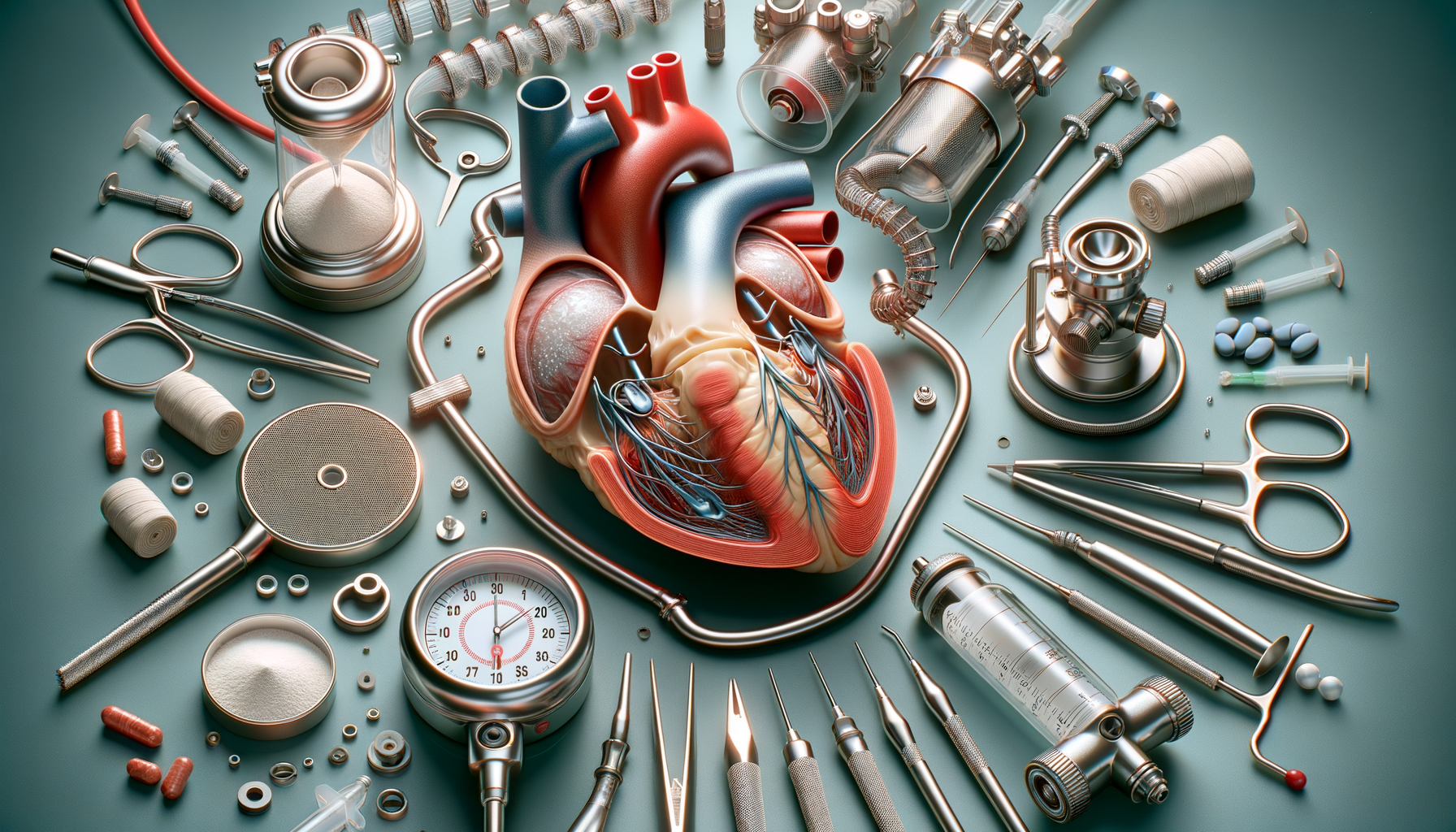Introduction to Aortic Valve Replacement and Its Impact on Life Expectancy
Aortic valve replacement is a critical procedure for individuals suffering from severe aortic valve diseases, such as aortic stenosis or regurgitation. This surgical intervention is often necessary to restore normal blood flow and improve heart function. Understanding the factors that influence life expectancy after aortic valve replacement is crucial for patients and healthcare providers alike. Factors such as age, the type of surgical procedure, and post-operative care significantly impact outcomes. This article explores these elements in detail, providing insights into how they contribute to patient survival and quality of life.
Factors Influencing Life Expectancy After Aortic Valve Replacement
Several factors play a role in determining life expectancy following aortic valve replacement. Age is a primary consideration; older patients may face more risks during and after surgery. However, advancements in surgical techniques and post-operative care have improved outcomes even for older populations. The presence of comorbid conditions, such as diabetes or renal disease, can also affect recovery and long-term survival.
Another critical factor is the type of aortic valve replacement procedure performed. Open-heart surgery and transcatheter aortic valve replacement (TAVR) offer different risks and benefits. Patients and doctors must weigh these options carefully. Additionally, post-operative care, including regular follow-ups and lifestyle modifications, plays a significant role in extending life expectancy. Adhering to prescribed medication regimens and maintaining a healthy lifestyle can enhance recovery and long-term health.
Types of Aortic Valve Replacement Procedures
There are primarily two types of aortic valve replacement procedures: surgical aortic valve replacement (SAVR) and transcatheter aortic valve replacement (TAVR). SAVR is a traditional open-heart surgery that involves removing the diseased valve and replacing it with a prosthetic valve. This procedure is often recommended for younger patients or those without significant comorbidities.
In contrast, TAVR is a minimally invasive procedure that involves inserting a replacement valve via a catheter through the blood vessels. This option is typically reserved for older patients or those deemed high-risk for open-heart surgery. TAVR has gained popularity due to its shorter recovery time and reduced risk of complications. Both procedures have their advantages and limitations, and the choice depends on individual patient factors and surgeon recommendations.
Expected Recovery and Post-Surgical Care
Recovery from aortic valve replacement varies depending on the type of procedure and the patient’s overall health. Patients who undergo SAVR typically require a longer hospital stay and recovery period compared to those who have TAVR. Post-operative care is crucial for both procedures and involves regular monitoring of heart function and managing any complications.
Patients are usually advised to follow a heart-healthy diet, engage in appropriate physical activity, and attend regular follow-up appointments. Medication adherence is also vital to prevent complications such as blood clots or infections. Support from healthcare professionals, family, and friends can significantly enhance recovery and improve life expectancy. Emphasizing lifestyle modifications and ongoing medical care is essential for long-term success.
Conclusion: Enhancing Life Expectancy Through Informed Choices
Understanding the factors that influence life expectancy after aortic valve replacement allows patients to make informed decisions about their treatment options. By considering age, procedure type, and post-operative care, patients can work with their healthcare providers to optimize outcomes. Emphasizing regular follow-ups, lifestyle changes, and adherence to medical advice can significantly improve survival rates and quality of life. As medical technology advances, the prospects for patients undergoing aortic valve replacement continue to improve, offering hope for a healthier future.




Leave a Reply